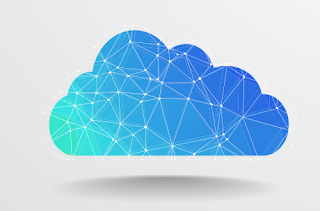What are the Components of Cloud Infrastructure?
The term cloud infrastructure is used for describing the components necessary for cloud computing. It includes storage, hardware, network resources and abstracted resources. Think of it as the tools required for building a cloud. To host applications and services in the cloud, cloud infrastructure is necessary. Cloud computing will allow your employees to access applications and data from any remote location.
What is cloud computing infrastructure?
The collection of software and hardware required for enabling cloud computing is called cloud computing infrastructure. You can access cloud computing solutions from anywhere in the world. All you need is a strong internet connection. If you are searching for a cloud computing platform for your business, a Managed Infrastructure Services Business will aid you.
Here’s everything you need to know about the various components of cloud infrastructure.
· Storage
A single datacenter can store data across multiple disks in one storage array. The function of storage management is to make sure data is properly backed up. In addition, it also gets rid of outdated backups periodically. It is possible to retrieve that data if one of the storage components fails.
When storage is converted into a cloud resource, your business can remove or add drives, respond to alterations, and repurpose hardware. So, you can save a lot of time as you won’t have to complete these tasks manually.
· Virtualization
Virtualization is an advanced technology that acts as a separator between the IT functions and hardware. Once virtual resources like storage, memory, and computing power are allocated into individual pools, they can be considered as clouds. Clouds give the benefits of automating infrastructure scaling and self-service facilities.
· Hardware
Even if clouds are virtual platforms, they too need hardware as an important part of their infrastructure. A cloud network is built of a range of physical hardware that can be positioned at diverse geographical locations. The hardware is made up of switches, storage arrays, firewalls, load balancers, routers, servers, and backup devices. Virtualization serves as the connecting link between servers, abstracting and dividing resources for making them accessible to employees.
· Network
The network comprises of routers, switches, physical wires, and other equipment. A cloud network configuration involves multiple subnetworks, and each one of them has different levels of visibility.
Summing Up
The perks of cloud computing solutions for your business are increased functionality, capacity, productivity, scalability, reduced cost, and less maintenance. Look for New Jersey Managed IT Services to get reliable Cloud Infrastructure Solutions.

Comments
Post a Comment